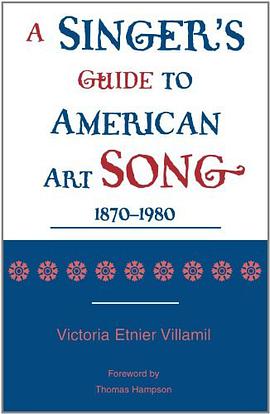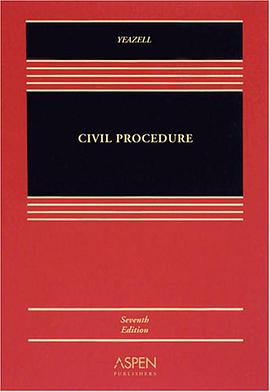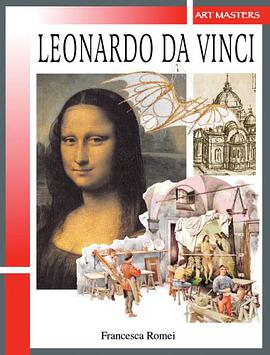

具体描述
This book applies recent theoretical insights to trace the development of Castilian and Latin American Spanish from the Middle Ages onwards, through processes of repeated dialect mixing both within the Iberian Peninsula and in the New World. The author contends that it was this frequent mixing which caused Castilian to evolve more rapidly than other varieties of Hispano-Romance, and which rendered Spanish particularly subject to levelling of its linguistic irregularities and to simplification of its structures. These two processes continued as the language extended into and across the Americas. These processes are viewed in the context of the Hispano-Romance dialect continuum, which includes Galician, Portuguese and Catalan, as well as New World varieties. The book emphasises the subtlety and seamlessness of language variation, both geographical and social, and the impossibility of defining strict boundaries between varieties. Its conclusions will be relevant both to Hispanists and to historical sociolinguists more generally.
作者简介
目录信息
读后感
评分
评分
评分
评分
用户评价
相关图书
本站所有内容均为互联网搜索引擎提供的公开搜索信息,本站不存储任何数据与内容,任何内容与数据均与本站无关,如有需要请联系相关搜索引擎包括但不限于百度,google,bing,sogou 等
© 2026 book.wenda123.org All Rights Reserved. 图书目录大全 版权所有




















